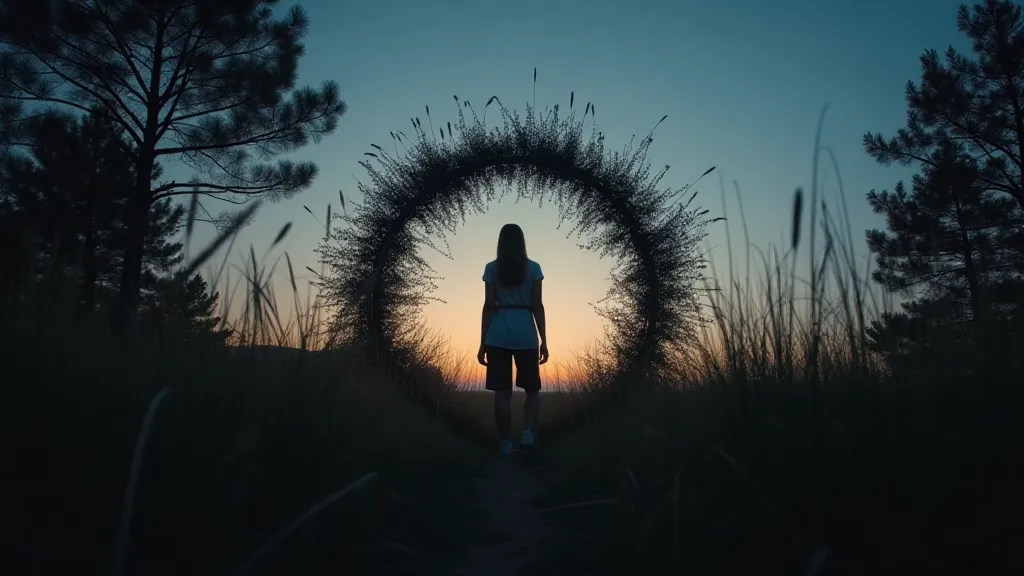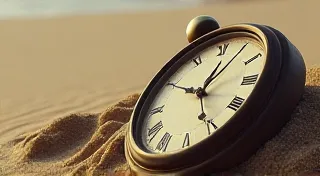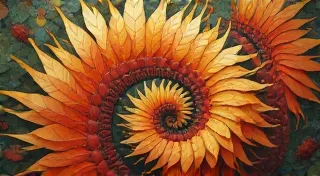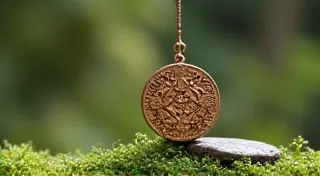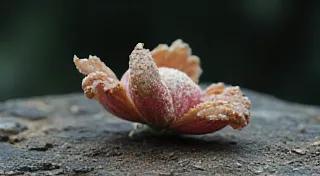The Whispering Filament: Fairy Rings as Networks of Communication
The air hangs thick with damp earth and the scent of decay, yet within that fragrance lies a peculiar sweetness, a subtle vibration that tickles the back of your neck. Standing within a fairy ring – that unmistakable circle of mushrooms rising from the meadow – isn’t just a visual experience; it's a palpable sensation. Generations have felt it, whispered about it, and woven it into the intricate tapestry of folklore. For centuries, these seemingly benign formations have been perceived not simply as botanical curiosities, but as portals, thresholds, and, most compellingly, as networks of communication – ethereal antennas picking up whispers from unseen realms.
My grandfather, a carpenter with hands weathered like ancient oak, used to tell me stories about the fields surrounding our village. He spoke of the "fairy dances" and the dangers of straying into the rings after dusk. It wasn’t a fear born of superstition, I realized later, but a deep-seated respect, an acknowledgement of something powerful and unknowable. He possessed a craftsman’s intuition, a sensitivity to the unseen forces that shaped the world around him, much like the meticulous care he took restoring antique accordions. Each key, each bellows, held a history, a resonance, a connection to the hands that had played it before. He's said to me, "Everything resonates, child. Even the ground beneath your feet."
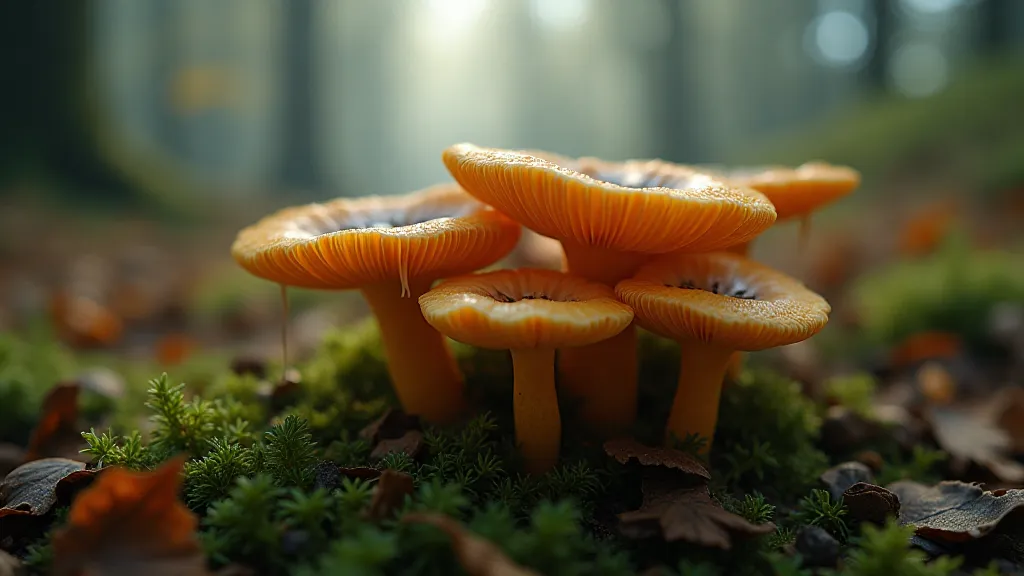
Historical Interpretations: From Portal to Passage
The earliest accounts of fairy rings aren't laced with whimsical descriptions of dancing fairies, but with a distinct sense of apprehension. In medieval Europe, encountering a fairy ring was often interpreted as stumbling upon a site of otherworldly power – a gateway to the land of the fae, or a place where spirits gathered to perform ancient rituals. Celtic lore, for example, speaks of these rings as "dance floors" for the Sidhe – the fairy folk – and transgressing their boundaries was considered a grave offense, often leading to confusion, misfortune, or even abduction. The very act of entering a ring was seen as disrupting the delicate balance between the human and spirit worlds.
Beyond the Celtic lands, similar beliefs appear across Europe and beyond. Slavic folklore often associated fairy rings with the “wild hunt,” a spectral procession led by a ghostly huntsman, with the rings marking paths through which the hunt passed. In Scandinavia, similar formations were believed to be the sites of gatherings of elves or other spirits. Even in more distant cultures, such as those of Indigenous peoples in North America, circular patterns of mushrooms were sometimes perceived as being spiritually significant, marking places of power or connecting the earth to the heavens.
The perception of fairy rings as pathways wasn't always malevolent. Some believed they facilitated communication, not just from spirits to humans, but also *between* different spirit realms. The circle itself, a symbol prevalent across countless cultures, represents wholeness, cyclicality, and connection. The mushrooms, often considered to have hallucinogenic properties (and certainly used for that purpose in certain rituals), might have been seen as catalysts, enabling a temporary blurring of the boundaries between worlds, allowing for a glimpse into the unseen.
The Mycelial Network: A Biological Basis for a Mythological Concept
Today, science offers a fascinating perspective on the formation of fairy rings. They are primarily caused by certain species of fungi, whose mycelial networks expand outwards in a circular pattern. As the fungi grow, they deplete the soil of nutrients, creating a band of dead grass. The mushrooms themselves are the fruiting bodies, appearing as a ring above ground. This explanation, while satisfying from a scientific viewpoint, doesn’s negate the power of the myth. In fact, it adds a layer of profound beauty to the concept.
The mycelial network itself, a vast underground web connecting plant roots and fungi, is now understood to act as a complex communication system within ecosystems. This "wood wide web," as it's sometimes called, allows plants to share nutrients, send warning signals about predators, and even support each other during times of stress. It’s easy to see how, for those unacquainted with modern biology, such an intricate and interconnected system could be interpreted as a conduit for otherworldly communication.
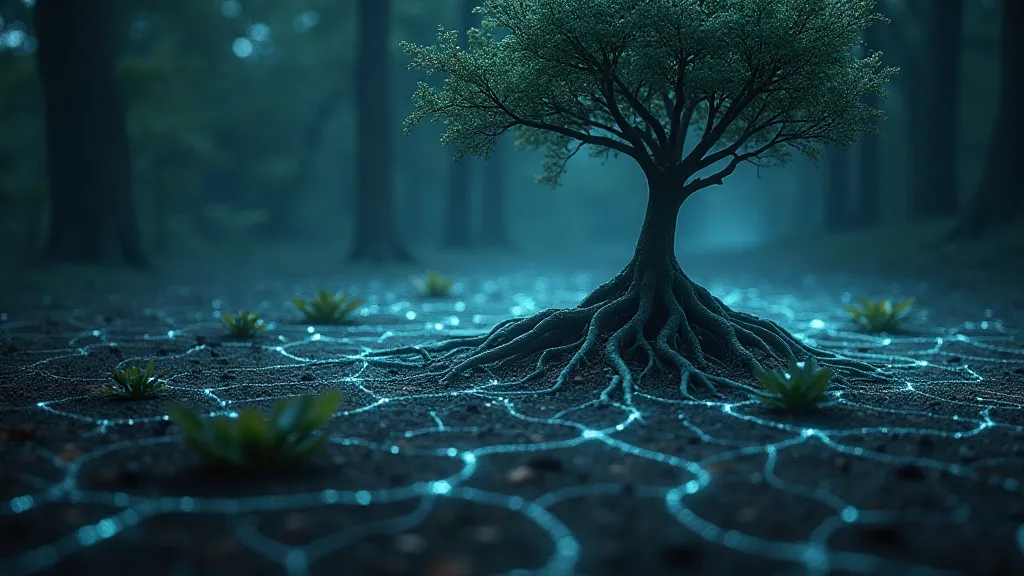
The Accordion’s Resonance: Craftsmanship and Connection
Restoring my grandfather's antique accordions was a lesson in understanding resonance. Each bellows, meticulously repaired, each key, carefully re-voiced, unlocked a deeper connection to the instrument’s history. It wasn't just about fixing something broken; it was about reawakening a voice, a story. Similarly, examining fairy ring folklore isn’t simply about dissecting superstition; it’s about appreciating the profound human need to connect with something larger than oneself, to find meaning in the natural world.
The act of carefully cleaning a corroded key, feeling the weight of the metal in your hand, resonates with the careful observation of those who first encountered fairy rings. They weren't simply seeing a circle of mushrooms; they were sensing a vibration, a connection to something ancient and powerful. They sought to understand it, to incorporate it into their worldview, to find meaning in its presence.
Beyond the Ring: Appreciating the Whispers
Perhaps fairy ring folklore isn’t about literal fairies or otherworldly gateways. Perhaps it's about the human imagination’s capacity to find wonder and mystery in the everyday. The persistent belief in these rings as conduits for communication speaks to a deep-seated longing for connection - a desire to believe that there’s more to the world than meets the eye.
The next time you find yourself near a fairy ring, take a moment to appreciate not just the visual spectacle, but also the centuries of human interpretation that have shaped its legacy. Consider the craftsmen, the storytellers, the lore keepers who have passed down these tales through generations. Listen for the whispers - not just of the wind rustling through the grass, but of the countless voices that have sought to understand the profound mystery of the circle. And feel, in your own body, the resonance of a world interconnected.
